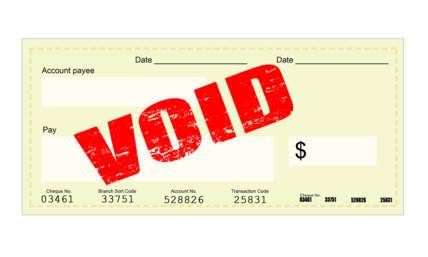What Does The YTD Amount Mean On Your Pay Stubs?
Have you ever looked at your paystub and seen a YTD amount listed, and wanted to know the importance of it?
Simply stated, your YTD (short for "Year-to-Date") amount shows the sum of your earnings from the beginning of the current calendar year to the present time (or the time your pay stub was issued). There are several practical uses for understanding your YTD amounts. In this article, we'll take a closer look. Now let's dive in.
Understanding Your YTD Amount
Calculating your YTD earnings amount can be done at any time, provided that you have access to your earnings data. When it comes to your personal income, YTD amounts can be calculated every time you get your pay stub. Generally speaking, most pay stubs will show a running total of YTD earnings that are pre-calculated for you. They may be shown after taxes, investments and insurance are deducted, or before.
Even if a calculation isn't provided on your pay stubs, you can easily figure it out. Simply take all of your stubs for the year and add them together. Decide whether you want to make your calculations based on gross (before taxes and deductions) income, or net (after taxes and deductions) income. Either way, be consistent as the year goes on. Keeping consistent numbers will benefit you in several ways, as you'll soon see.
Why Is Understanding Your YTD Amount Useful?
Regularly calculating your YTD earnings is helpful as an earnings benchmark as well as a tool for planning your taxes. If you're like most people, you strive to improve yourself each and every year. This includes increasing your personal income.
When you calculate your YTD earnings and compare them with the same time vs. the prior year, you can accurately gauge how your income is changing without waiting an entire year to see the data. You can also use your YTD earnings amount to gauge your savings plan (YTD earnings vs. YTD savings), and your overall spending (by comparing YTD earnings with your YTD budget).
Comparing Apples to Apples Pays Off in the Long Run
YTD earnings enable you to compare your earnings over the exact same period, from one year to the next. If you compare how your earnings have performed during 6 months this year to how they performed for the entire year last year, you're comparing apples to oranges.
But if you compare your financial performance this year to the same exact time period from past years, that's comparing apples to apples. Your personal finances and investments will thank you for staying on top of this analysis.
Put YTD Earnings Metrics to Work For You
Now that you have an understanding of what the YTD amount is on your pay stub, it's time to put it to work. If you're an employer, you should use a paystub generator that includes YTD amounts on every check. If you're not, get started here. Your employees will be thankful!















